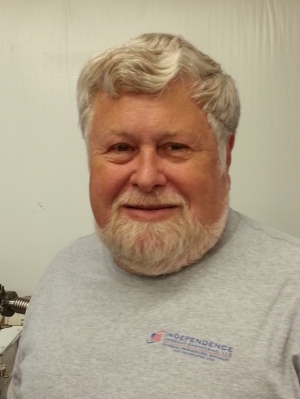From the October 2013 issue of HealthCare Business News magazine
By John Aff
MRI Safety is a primary concern for any Imaging Center. Did you know that the responsibility of maintaining the cryogen vent pathway lies with the site operator? We have all heard the horror stories of a steel wheelchair or gas bottle being pulled into an MRI and killing the patient. However, there are also hidden dangers that can cause an MRI to explode with devastating results. The cause is often overlooked as it is not readily visible, but danger may be close at hand.
A typical MRI can hold over 1000 liters of liquid helium. If there is a quench, that 1000 liters of liquid helium becomes more than 8000 liters of helium gas and that gas needs to go somewhere. If obstructed, the pressure builds until there is a violent explosion. The American College of Radiology recommends that cryogen vent pathways be inspected yearly to prevent such a tragedy. In our years of performing inspections of cryogen vent pathways (quench pipes), we have seen crushed quench pipes as well as quench pipes clogged with debris or filled with water. The biggest problem that we see, is water trapped in the elbow of the quench pipe. In the event of a quench, the cryogenic temperatures hitting the water will instantly turn it to ice at the and block the egress of the rapidly expanding gas. The result is disastrous, destroying the MRI, the room that it is in and anyone around it!



Ad Statistics
Times Displayed: 174790
Times Visited: 3187 For those who need to move fast and expand clinical capabilities -- and would love new equipment -- the uCT 550 Advance offers a new fully configured 80-slice CT in up to 2 weeks with routine maintenance and parts and Software Upgrades for Life™ included.
Quench Pipe inspections are typically done on a yearly basis. You can hire a professional company to do this, or have your own maintenance department perform the inspection. The inspection should begin in the scan room:
- Remove the ceiling tiles around the vent and inspect the pipe insulation/vapor barrier, pipe connections and where the vent penetrates the RF shield. Are the bolts tight? Are the hangers secure? Are all the clamps tight? Is the vapor barrier or insulation soggy?
- The drain plug should be removed from the bottom of the quench valve elbow and drained of any water. Look for any condensation or water damage on the vent pipe, insulation or ceiling tiles. This could indicate a leak in the flashing on the roof.
- Is the vent of the proper diameter to maintain an adequate pressure drop? The longer the run and the more bends, the greater the diameter must be. Where the vent is vertical on the roof, a 90 degree horizontal discharge will not sufficiently protect from severe wind-driven rain as it only takes a wind speed of 20 to 25 MPH to drive rain at greater than a 45 degree angle. The screen covering the exit of the vent must be inspected for any holes larger than the recommended screening size to prevent the ingress of birds, small animals and debris.

